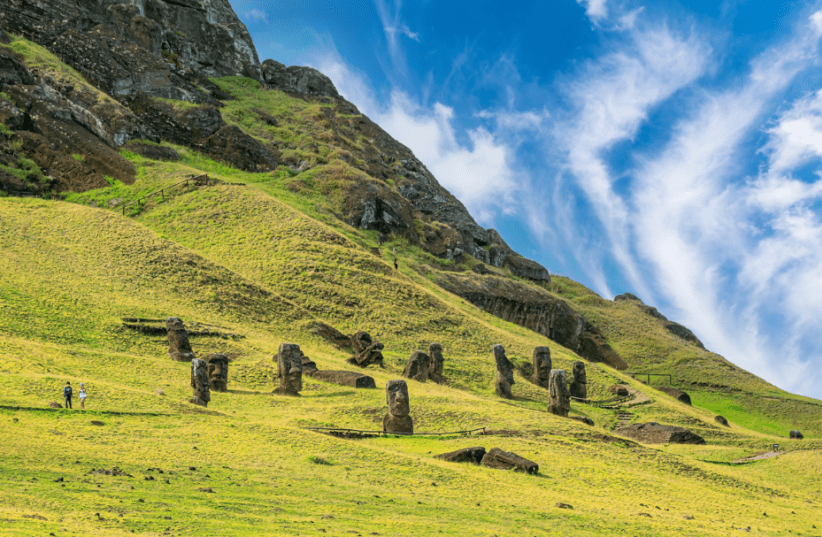Hancock claims a lost civilization built Easter Island's statues 11,000+ years ago

A groundbreaking new theory about the creators of the massive stone statues on Easter Island has caused a stir among archaeologists. According to Graham Hancock, the statues date back over 11,000 years, with the island first inhabited around 12,000 years ago.
Hancock's theory draws on a 2008 study that discovered proof of shrubs and plants on Easter Island dating back between 14,000 and 10,000 years ago. This evidence is used to back up the idea that an established population lived there around 12,000 years ago, when the last Ice Age came to an end.
Hancock believes that the statues, known as Moai heads, on Easter Island are probably a lot older than the platforms, called Ahu Vinapu, that many of them sit on, since the structures show different construction methods, suggesting they were built by different people.
Easter Island is home to approximately 1,000 large stone statues known as Moai, which are scattered across the island. Most historians generally agree that the Moai were carved by Polynesians roughly 900 years ago. However, Hancock's theory questions this conventional view by suggesting an earlier time period for their creation.
spoke to MailOnline This researcher's findings suggest there was a native population on Easter Island that persisted until the arrival of the Polynesians. Based on this, it can be inferred that the Polynesians inherited their customs and songs from this pre-existing population that resided on the island.
Hancock believes settlers first reached Easter Island about 12,000 years ago and stayed until the arrival of Polynesian settlers. He thinks the Moai heads were carved more than 11,000 years ago, backing up the theory that a population was already present when the last Ice Age ended.
However, Hancock's theory has been met with criticism from experts. Experts have noted that statues on nearby Pacific islands exhibit similar postures.
"I've been to Easter Island and it's truly one of the most fascinating places on the planet," said Dr. Dale F. Simpson Jr., an archaeologist. "However, it's not uncommon for people to take small pieces of information and use them to make big claims that aren't entirely supported by evidence," he noted.
Hancock dismissed the criticism, saying the Easter Island heads are unlike other similar statues and don't share many characteristics. "What I'm arguing is that the Polynesians encountered a pre-existing population on the island, as indicated by these bananas... which were there at least 3,000 years ago," he stated in an interview with DailyMail. "I see no evidence on the island to rule out human presence that far back," Hancock added.
Most historians believe that the Moai statues were created by Polynesian settlers about 900 years ago.
This article was developed in partnership with the generative AI firm Alchemiq
Posting Komentar